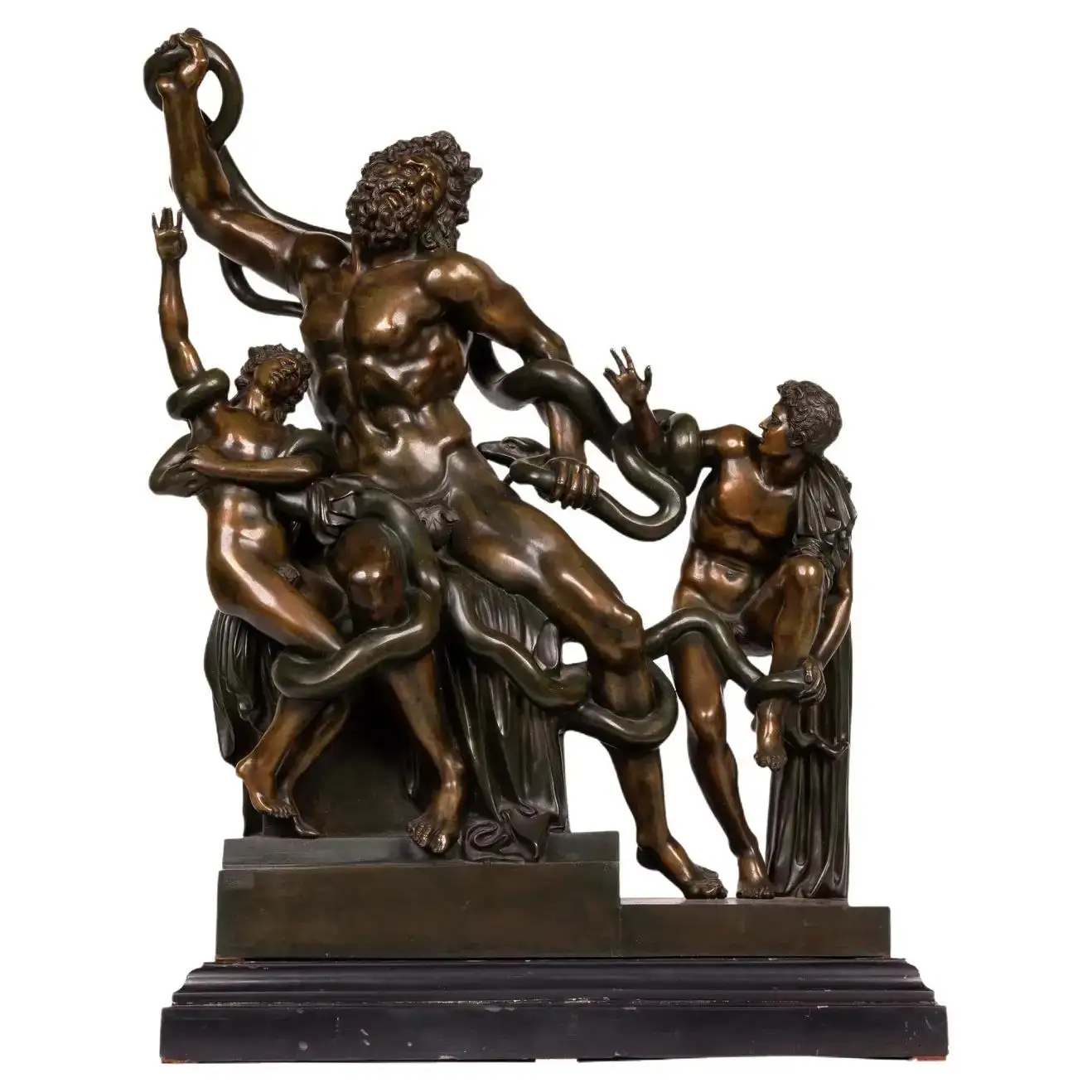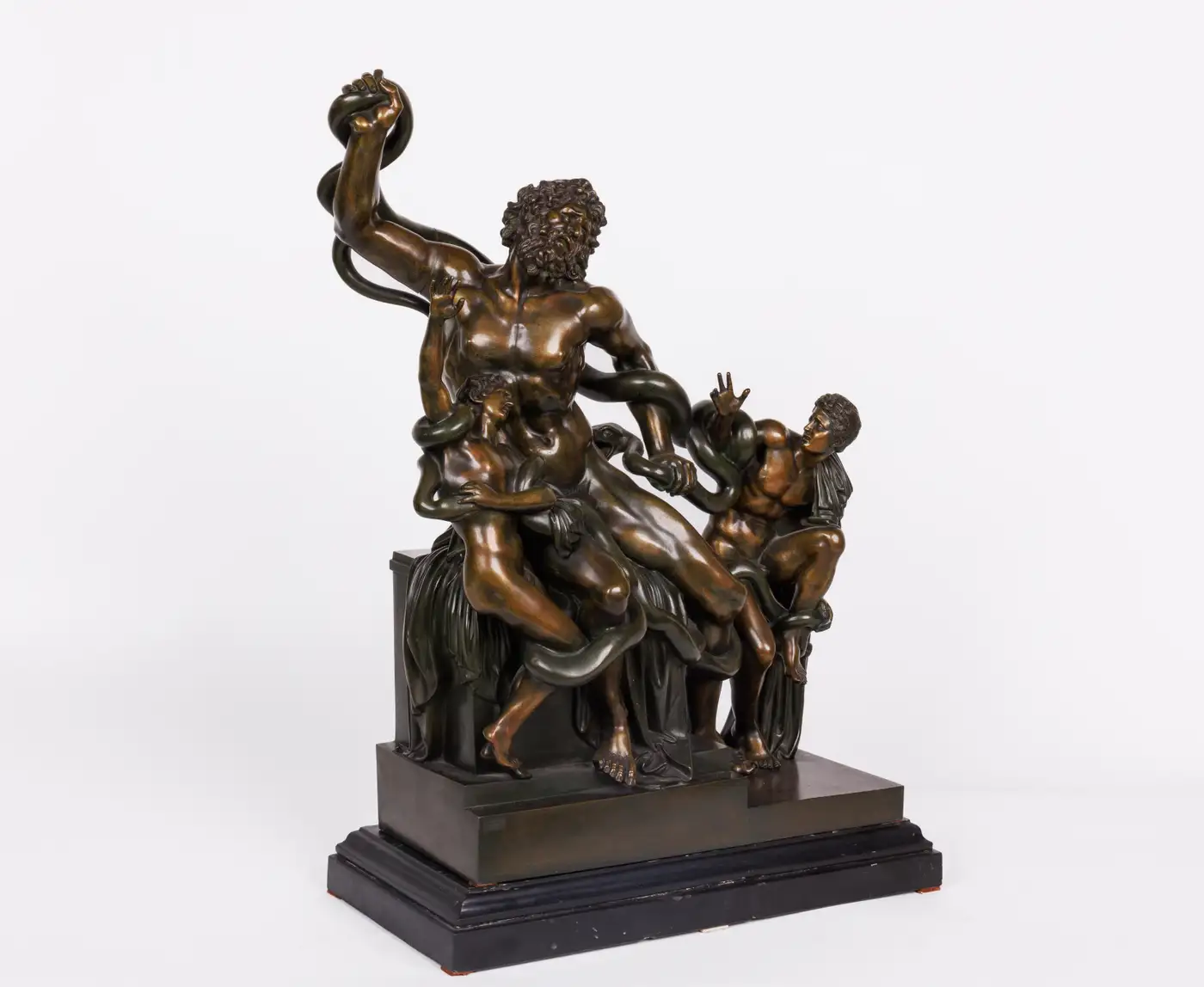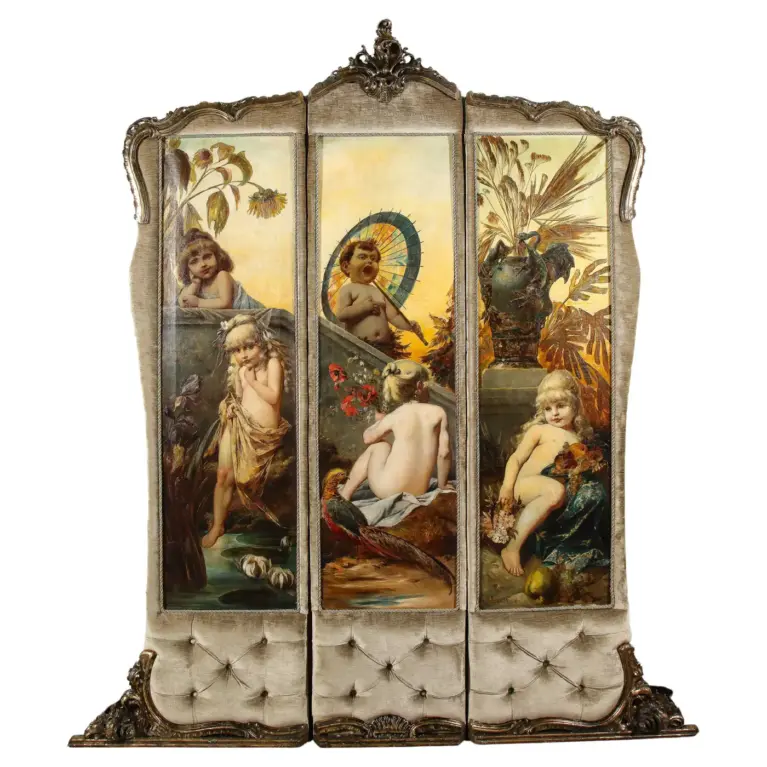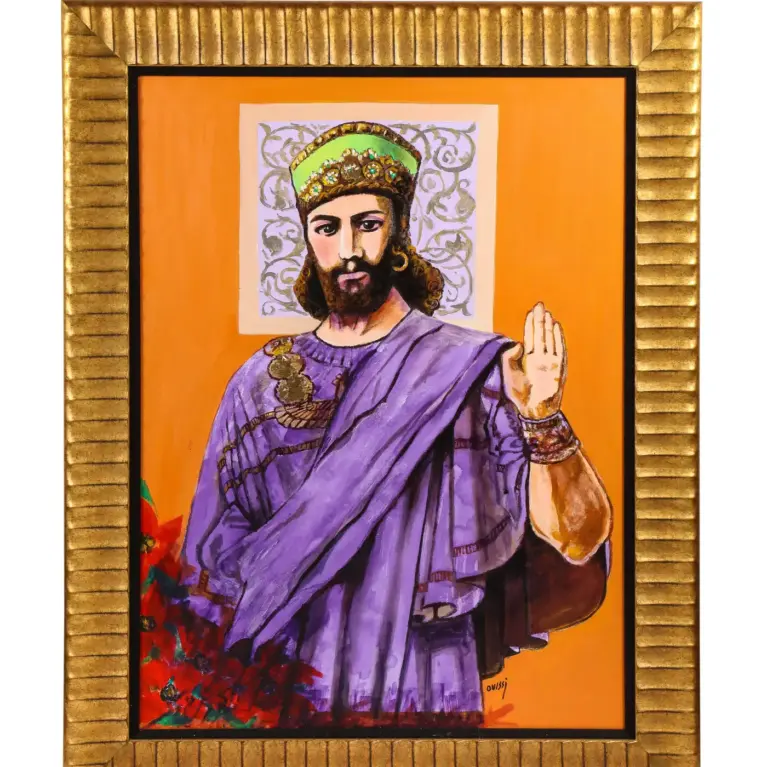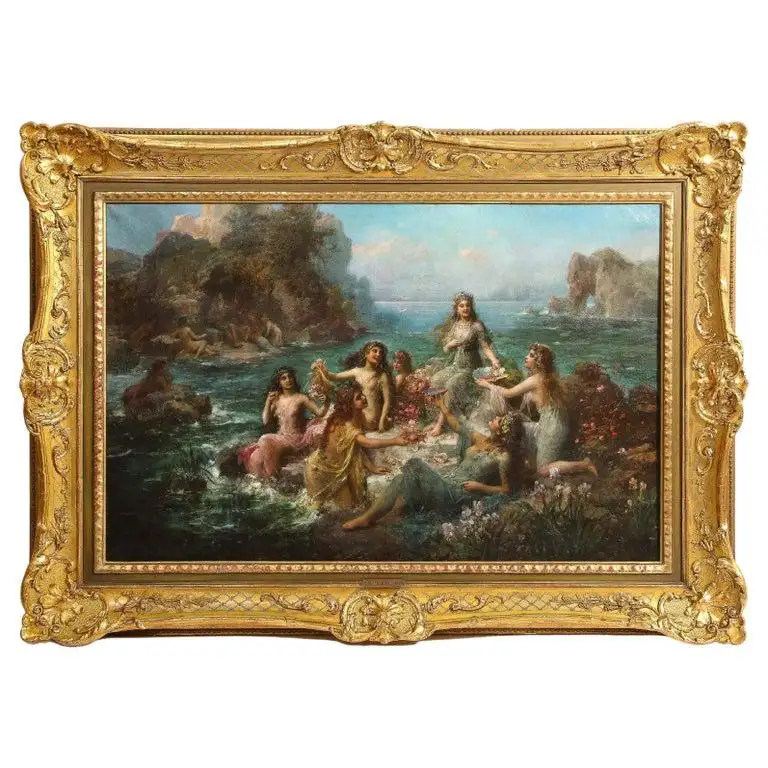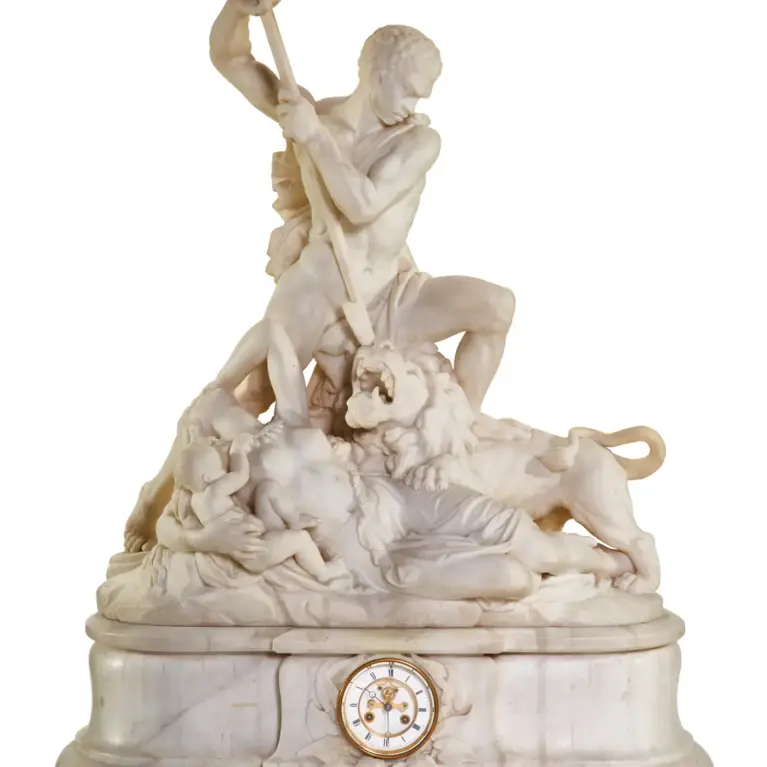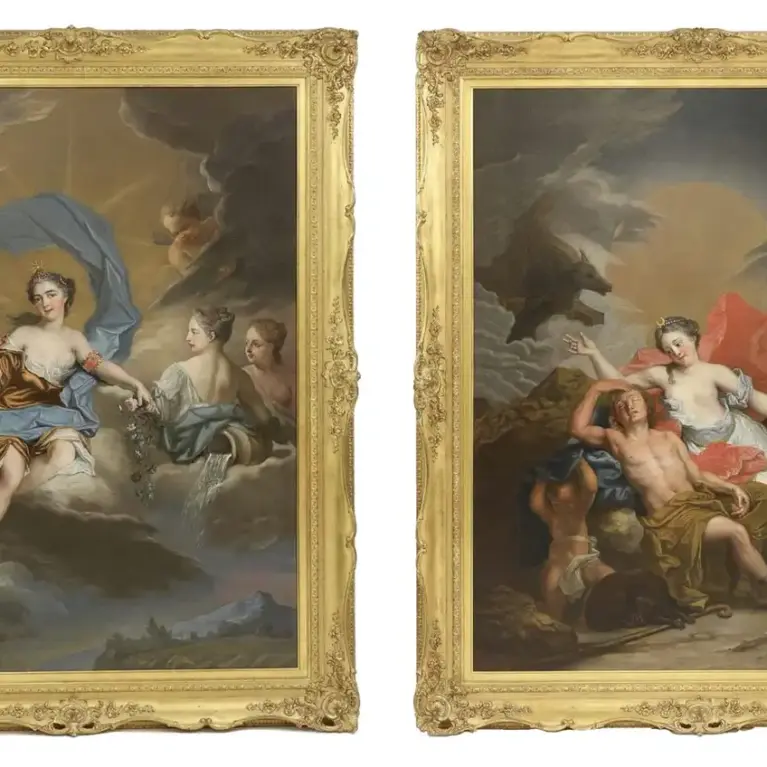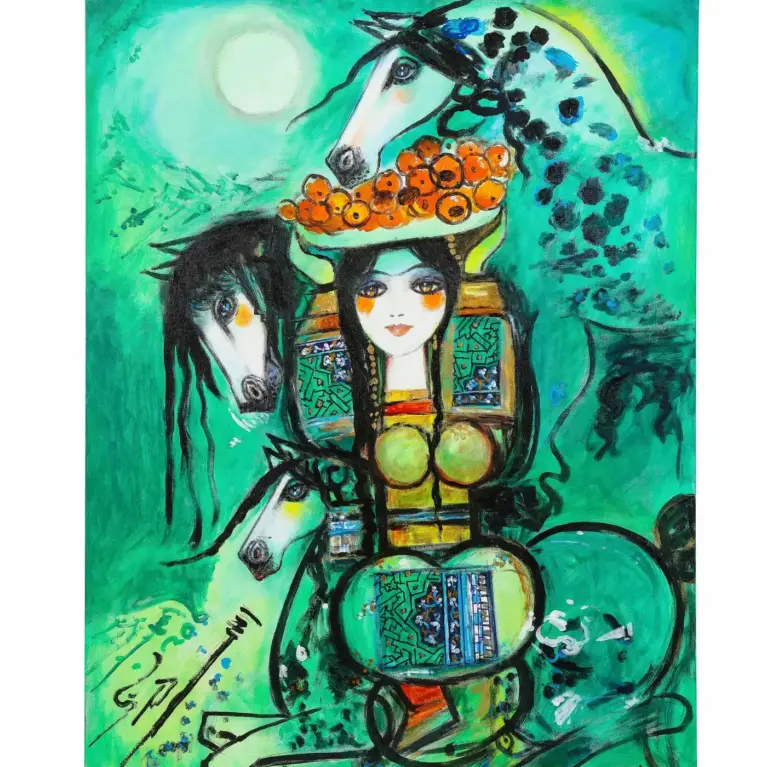Your personal data will be used to process your order, support your experience throughout this website, and for other purposes described in our privacy policy.
By accessing this Site and downloading or otherwise viewing any images or other content from this Site you will be deemed to have agreed to the following terms and conditions of use:
COPYRIGHT
This website and any and all of its contents (“Site”) is copyright © Solomon Treasure 2023. All rights reserved.
Terms of Use & Linking Policy
Except where necessary to view this Site for private, non-commercial use as expressly permitted by and in accordance with the Copyright, Designs and Patents Act 1988 (as amended), no images or other content may be reproduced, communicated to the public, distributed, re-used or extracted from this Site for any purpose (including without limitation any storage, reproduction, linking or indexing for the purposes of any search engines) without the prior written consent of Solomon Treasure.
No permission is granted to create any hyperlinks to any part of this Site or to frame any pages or images from this Site. The prior written consent of Solomon Treasure must be sought.
OTHER TRADEMARKS AND TRADE NAMES
All other trademarks or trade names referred to in these materials are the property of their respective owners.
YOUR COMMENTS
Solomon Treasure wants your feedback and appreciates your ideas and suggestions but is unable to answer every comment individually. Solomon Treasure will be free to use and act on any information you submit.
USE OF INTERACTIVE FEATURES ON THIS SITE
For your convenience, Solomon Treasure may provide interactive features on this site, such as access to information and user comments. You are authorised to use these features solely for the purposes specified and for no other purposes.
ACCURACY OF THIS SITE
These web pages may contain inadvertent inaccuracies or typographical errors. These will be corrected at Solomon Treasure discretion, as they are found. The information on these web pages is updated regularly, but inaccuracies may remain or occur where changes occur between updates. The Internet is maintained independently at multiple sites around the world and some of the information accessed through these web pages may originate outside of Solomon Treasure. Solomon Treasure excludes any obligation or responsibility for this content.
VIRUSES
Solomon Treasure makes all reasonable attempts to exclude viruses from these web pages, but it cannot ensure this exclusion and no liability is accepted for viruses. Please take all appropriate safeguards before downloading information from these web pages.
DISCLAIMER OF WARRANTIES
The services, the content and the information on this web site are provided on an “as is” basis. Solomon Treasure, to the fullest extent permitted by law, disclaims all warranties, whether express, implied, statutory or otherwise, including but not limited to the implied warranties of merchantability, non-infringement of third parties rights and fitness for a particular purpose. Solomon Treasure, its affiliates and licensors make no representations or warranties about the accuracy, completeness, security or timeliness of the services, content or information provided on or through the Solomon Treasure web site. No information obtained via the Solomon Treasure web site shall create any warranty not expressly stated by Solomon Treasure in these terms and conditions.
Some jurisdictions do not allow limitations of implied warranties, so the limitations and exclusions in this section may not apply to you. If you are dealing as a consumer, these provisions do, not affect your statutory rights that cannot be waived, if any. You agree and acknowledge that the limitations and exclusions of liability and warranty provided in these terms and conditions are fair and reasonable.
LIMITATION OF LIABILITY
To the extent permitted by law, in no event shall Solomon Treasure, its affiliates or licensors or any third parties mentioned at the Solomon Treasure web site be liable for any incidental, indirect, exemplary, punitive and consequential damages, lost profits, or damages resulting from lost data or business interruption resulting from the use of or inability to use the Solomon Treasure website, services, content or information whether based on warranty, contract, tort, delict, or any other legal theory, and whether or not Solomon Treasure is advised of the possibility of such damages. Without limiting the foregoing, to the extent permitted by applicable law, you agree that in no event shall Solomon Treasure’s total liability for any damages (direct or otherwise) or loss regardless of the form of action or claim, whether in contract, tort or otherwise, exceed $100.00. To the extent permitted by law, the remedies stated for you in these terms and conditions are exclusive and are limited to those expressly provided for in these terms and conditions.
DISCLOSURE OF INFORMATION
All information provided to Solomon Treasure by visitors to these web pages is considered to be confidential and will not be disclosed by Solomon Treasure to any third party except as may be required for the provision of the service.
PAYMENT TERMS
All sales of inventory will be processed through PayPal.
RETURNS/EXCHANGES
Exchange or store credit within 7 days.
SHIPPING TERMS
All shipping is handled inhouse only. Once you have made your purchase, please contact the gallery to make shipping arrangements. Contact us


